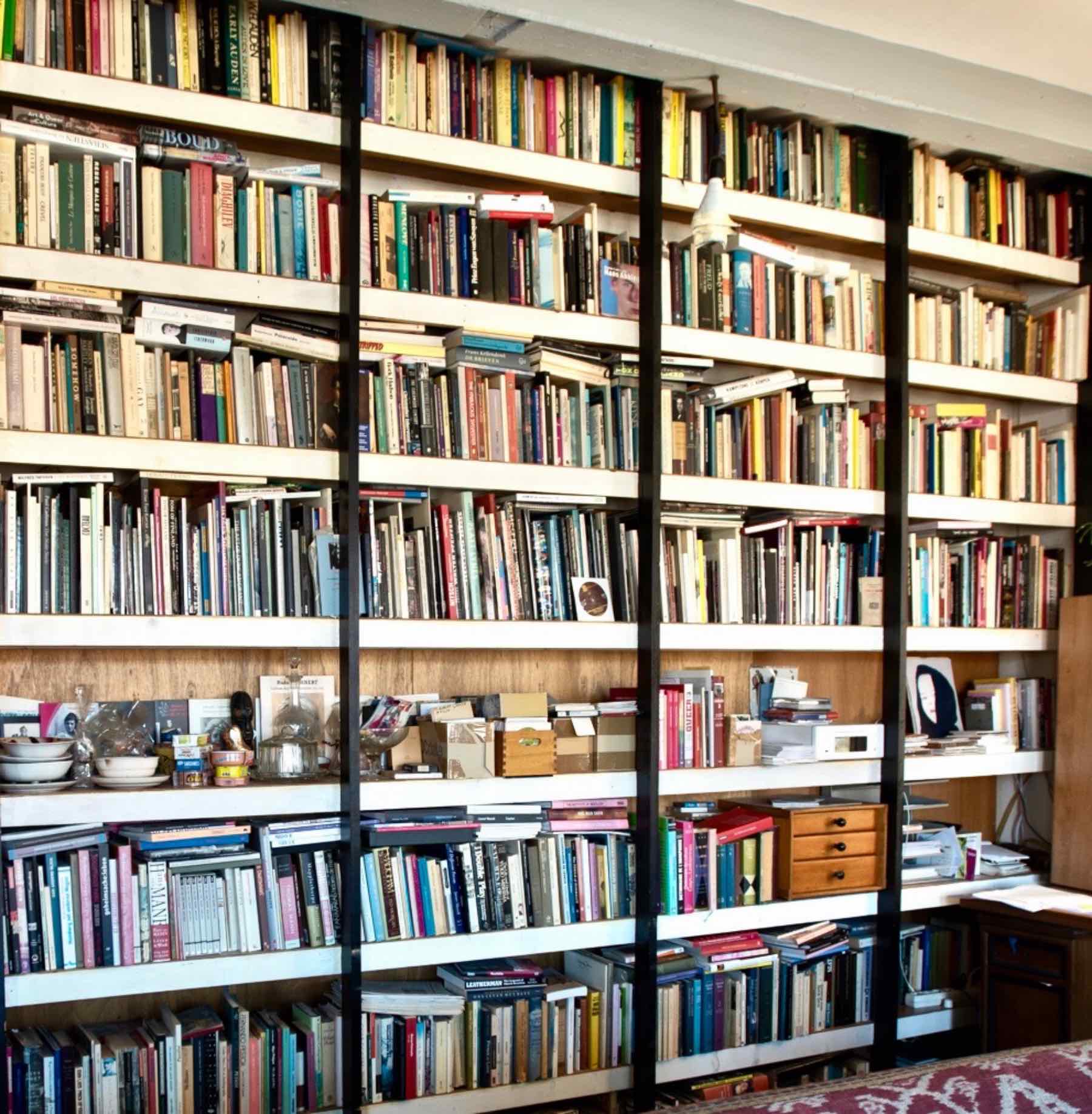
Sexuality in Europe. A Twentieth-Century History, by Dagmar Herzog
Since the 1980s, the history of sexuality is booming, making it possible to give overviews. Recently, Berg came with A Cultural History of Sexuality in six volumes edited by Julie Peakman that covered Western History from the Ancients to the moderns. Both more specialized and more general books built on local knowledge have been published. One example is the nicely illustrated Sexuality in Europe. A Twentieth-Century History by Dagmar Herzog, with 230 pages a thin volume seen the breadth of the topic. But notwithstanding her coverage of dozens of countries for 100 years in a single volume, the book is well done and very balanced. In her introduction she states her main themes are contraceptives, a greater acceptance of homosexual rights and premarital sex, the growing importance of sex in marriage, the stimulation of desire by advertising and pornography, both the relaxation of and the growing disregard for church teachings and a greater appreciation of female sexual autonomy. She does this and more as there are major discussions of prostitution, abortion, masturbation and sexual variation. It is not simply a story of sexual progress. Herzog announces three central themes: recurrent backlashes against liberalization, the question what sexual freedom should mean and the ambivalences of sexuality being a source of pleasure as well as pain and misery. She underlines the importance of political processes, and the role of governments, popular values and social movements in formulating erotic values and creating sexual space.
The book mainly offers a social history so the reader will find less on arts and culture while the digital world is too recent a development to get attention. Herzog is a specialist of German history and there may be a bit more on the core Western-European countries (Germany, England, France) but the southern, eastern and northern parts certainly don’t get overlooked. This also is a question of published research and, according to her, more is available on these countries and the Netherlands, Denmark and Sweden than on Italy, Austria or Russia while Belgium, Spain, Rumania, Greece, Poland remain largely untrodden fields. In the literature, also topics are unevenly covered: more on homo- than on heterosexuality, more on abortion than on contraceptives, more on sex work than on pornography. Although she says Europe may have seen a lot of progress, she is also aware of decidedly conservative setbacks such as under the various fascist, nazi and communist regimes or the stagnation nowadays when it comes for example to sex work – where repression remains the rule but the trend is to prosecute not only sex-workers but also clients. Her periodization for sexual history is simple and convincing with the two world wars, the sexual revolution and the beginning of the Aids-epidemic as breaks (1914, 1945, 1965, 1980).
The chapters are small jewels of 5-10 pages inside the larger time frames on specific topics like prostitution, theorizing desire, eugenics, rethinking sexual orientation in the first time block or AIDS, the fall of communism, Islam and new conservatisms in the final one. Suggestions for further reading make the book a good introduction for students on modern European sexuality. Herzog has done an excellent job to bring all the different cultures, topics and timings in one comprehensive book.
But all books leave something to complain. Her great knowledge does not save her from minor mistakes. Summarizing the work of others always creates smaller errors that in this case don’t influence the rich understanding of concrete situations. Geographers would have liked to see more about spatial issues: the eroticism of streets and train stations, public sex, red light districts or sex tourism. Sometimes Herzog follows too closely standard opinions of liberal intellectuals that dominate sexual history. At one hand, she gives many examples of the conservative morality that the Catholic Church wants to impose (abortion, homosexuality, monogamy, no condoms) and doesn’t question the case of the “pedophile priests” as being sexual abuse – not wondering how old the “boys” were at the time of the incidents, how serious the cases were or why most “victims” came forward with their complaints decades after the events. At the other hand, liberals like her are defensive of Muslims whose sexual morality is often more conservative than the catholic one. Although Herzog wants to be balanced, the Catholics get the disapproval they deserve for their sexual dogmatism, but she spares Muslims this criticism. Apparently she doesn’t want to play into the Islamophobia of the new right that sees Muslims as sexually backward. So she underlines many (former) Muslims have liberal attitudes or come out as gay and lesbian and forgets these are rare birds. Where liberals see positive change among Muslims, they see rigidity in Catholicism. The debates on secularism and religion are interesting and important. What happens in the Netherlands or France with regard to Islam and sexuality doesn’t bode well for sexual freedoms. Many Muslim youngsters adapt conservative dogmatic morals on gender, sexuality and marriage and are unlike an earlier generation vocal on these issues. This new trend is strengthened by Western criticism of their religion and culture. Herzog’s “new conservatisms” could well have included the rise of religions that continue to be mayor players in the political field: Islam and other new faiths in immigrant countries, Orthodox and Catholic Church in Eastern Europe after the collapse of communism, or evangelical churches everywhere.
Herzog does a very good job discussing changes with regard to diverse issues such as masturbation, prostitution, homosexuality and sex work. In the past many works on the history of sexuality privileged a heterosexual perspective but she balances very well between mainstream and what is seen as the margins. She shows how topics have deeply changed when it comes to issues of nuclear family, contraception, sexual equality of men and women or how sexuality has become strongly politicized. Herzog’s book deserves the attention of both students and the broader public.
GERT HEKMA
University of Amsterdam
